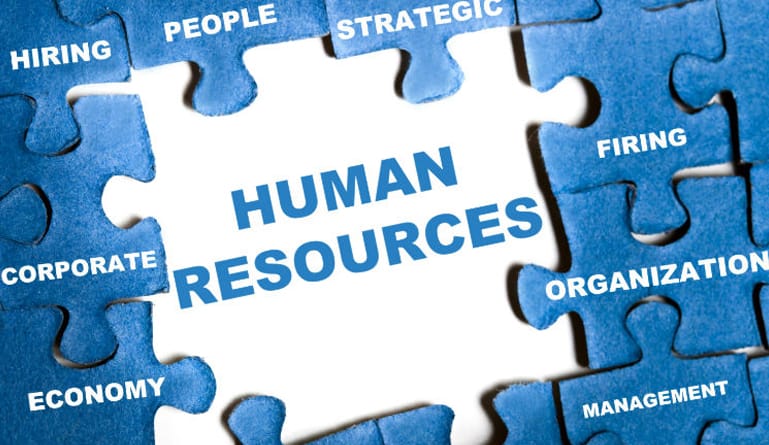Human resources information system software is helping companies become more efficient.
HRIS software helps bring employees of a business on the same page and automates HR tasks making the human resources department more efficient.
Human Resources Information System, or HRIS, is a software program that helps human resources employees and managers improve their productivity. The software also helps employees and managers improve the results of their efforts.
Benefits of HRIS
A huge benefit of HRIS is that recurring tasks can be expedited with automation. HRIS also improves the ability to reach big candidate pools when it comes to new position openings. This software can apply higher selection standards to applications, speed up the onboarding process with mobile accessibility and reduces paper often saving costs. HRIS makes distributing up-to-date materials easier. With this ease, company policies and procedures can be sent to all employees simultaneously and immediately. There are many more benefits of HRIS like:
- Self-service options creating greater employee engagement
- Open enrollment benefit
- Employee empowerment
- Collaboration throughout organizations improved
- Training capabilities improved
- Optimized scheduling
- Payroll and employee information errors reduced
- Analytics and organizational data making more informed decisions
How Your HRIS Adds Value to Your Company
HRIS software should be generating four primary reports. The first reports are people focused reports. These reports show employment anniversaries, birthdays, performance calendars, training calendars, hiring and recruitment logs, benefits eligibility and enrollment, compliance data and more. The next primary reports, work focused reports, show information on individual work by employees.
Work focused reports show training completion, performance assessment, corrective action, performance development, training completion and quality performance analysis. The third primary reports are finance focused reports. These reports show a business’s financial performance. It shows this by showing payroll distribution and process, taxes, benefits withheld and reports, compensation plans and attendance reports. The final primary reports, the outcomes-focused reports, produce summary data for the stakeholders and operations team. These reports take employee turnover and cost into consideration, collect data on current and future talent management and look at the correlation between productivity and cost. These outcome reports also reflect data on corporate culture, quality and costs. These four primary reports are made easier to collect with HRIS and add a great deal of value to companies.
Recent HRIS Survey Findings
Human resource information systems software is making HR responsibilities easier and more automated. Since 1997, the Sierra-Cedar HR Systems Survey has provided practical data on innovative technology trends. This systems survey has helped organizations capitalize on this emerging data, justify investments and develop HR systems strategies. In 2017, 1,312 organizations were surveyed. Between the 1,312 organizations, most of the companies that use HRIS are companies in the health industry. Manufacturing, finance and high education industries are other industries that rely heavily on HRIS. High tech companies and retail businesses also use HRIS but not as much.
HRIS benefits all types of organizations and should not be ignored. It is important for all parts of a company to work with the human resources department. When most of the tasks the HR department is involved in are automated, the entire organization finds that it fulfills tasks much quicker. HRIS not only helps HR departments specifically, but businesses overall reach their goals. When HRIS is utilized, companies and employees alike benefit.




